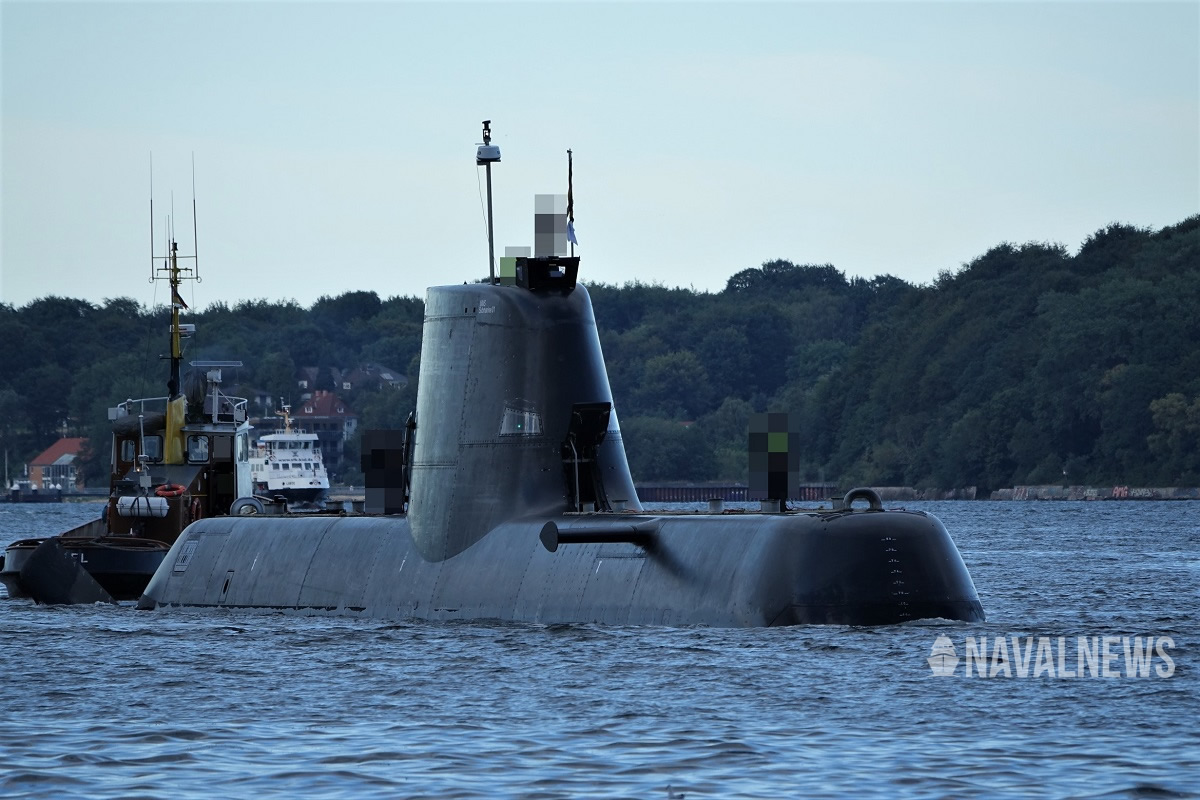Singapore at RIMPAC
1. Hearing the Australian perspective on training together with RSS Supreme, on the multi-national sail to RIMPAC.
2. RSS Supreme, sails with other navies during RIMPAC. Grateful that Australia, Brunei, Canada and NZ each enjoy a strong bilateral defence relationship with Singapore and these countries together help maintain a shared vision of the significance of the international rules-based maritime order — in particular, Australia (Exercise Wallaby), Brunei (Exercise Lancer) and NZ (Exercise Thunder Warrior) who host Singapore troops for our unilateral exercises.
3. Taking on the role of Sea Combat Commander (SCC) of Task Group 2.1, SLTC Choo Jui Yeang and his command team embarked on RSS Supreme directed eight other ships from seven nations, in one of two task forces, in anti-surface and anti-submarine drills. SLTC Choo Jui Yeang is a Swedish trained Singaporean submariner that assumed command of Task Group 2.1, and he has particular expertise on submarine tactics (as a former CO of a submarine, prior to his present SCC appointment). RSS Supreme also successfully fired an Aster missile against an incoming high-speed aerial target during RIMPAC 2020.
4. RSS Supreme’s Commanding Officer LTC Eileen Chua said: "The RSN's mission includes protecting Singapore's sea lines of communication and contributing to regional peace and security. Joining RIMPAC allows us to do just that: we are able to demonstrate strength and exercise our capabilities as a form of deterrence, as well as foster stronger ties with like-minded navies through cooperation at sea.”
5. “The tremendous capability of the Hawaii ranges enables RIMPAC navies to conduct live fire exercises in support of joint and combined multi-domain training,” said Adm. John C. Aquilino, commander of U.S. Pacific Fleet.
1. Hearing the Australian perspective on training together with RSS Supreme, on the multi-national sail to RIMPAC.
2. RSS Supreme, sails with other navies during RIMPAC. Grateful that Australia, Brunei, Canada and NZ each enjoy a strong bilateral defence relationship with Singapore and these countries together help maintain a shared vision of the significance of the international rules-based maritime order — in particular, Australia (Exercise Wallaby), Brunei (Exercise Lancer) and NZ (Exercise Thunder Warrior) who host Singapore troops for our unilateral exercises.
- Brunei and Singapore have a 53 year old Currency Interchangeability Agreement which makes both Brunei dollar and Singapore dollar banknotes and coins legal tender in either country and also cooperate extensively in defence, finance, trade and investment, tourism, health, aquaculture, and education.
- Australia, NZ and Singapore have long maintained a security relationship as part of their wider ties, which were elevated to the level of a comprehensive strategic partnership (with Australia) and a closer economic partnership (with NZ). Beyond the usual components of this aspect of relations such as exchanges and exercises, these 3 countries are longstanding members of the Five Power Defense Arrangements (FPDA) — the oldest standing multilateral security agreement of its kind in the region. Our troops have journeyed far together, as burden sharing partners in operations that span East Timor, CTF-151, Afghanistan and Iraqi.
3. Taking on the role of Sea Combat Commander (SCC) of Task Group 2.1, SLTC Choo Jui Yeang and his command team embarked on RSS Supreme directed eight other ships from seven nations, in one of two task forces, in anti-surface and anti-submarine drills. SLTC Choo Jui Yeang is a Swedish trained Singaporean submariner that assumed command of Task Group 2.1, and he has particular expertise on submarine tactics (as a former CO of a submarine, prior to his present SCC appointment). RSS Supreme also successfully fired an Aster missile against an incoming high-speed aerial target during RIMPAC 2020.
4. RSS Supreme’s Commanding Officer LTC Eileen Chua said: "The RSN's mission includes protecting Singapore's sea lines of communication and contributing to regional peace and security. Joining RIMPAC allows us to do just that: we are able to demonstrate strength and exercise our capabilities as a form of deterrence, as well as foster stronger ties with like-minded navies through cooperation at sea.”
5. “The tremendous capability of the Hawaii ranges enables RIMPAC navies to conduct live fire exercises in support of joint and combined multi-domain training,” said Adm. John C. Aquilino, commander of U.S. Pacific Fleet.
Last edited:



